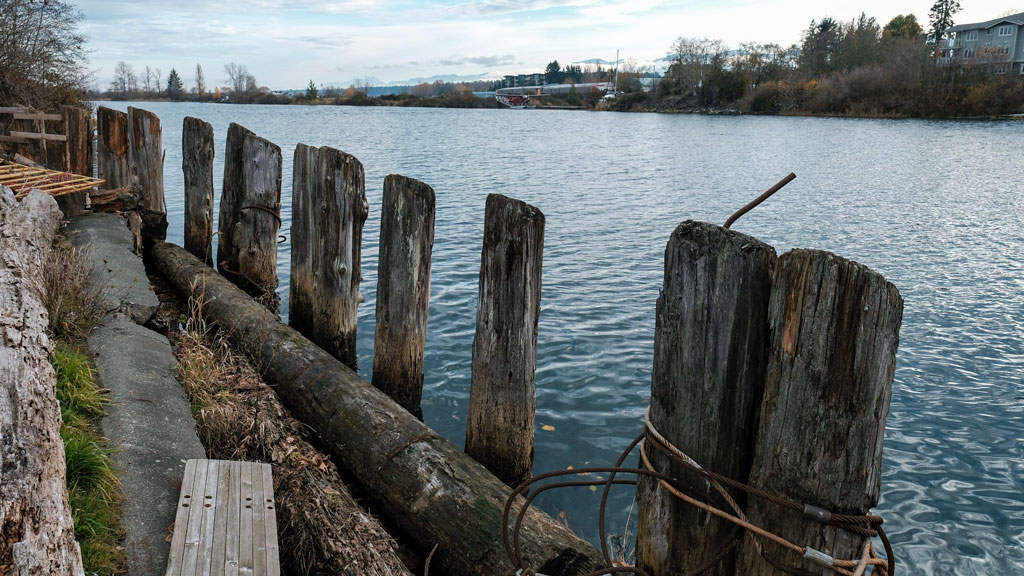VICTORIA—B.C. officials are looking to implement a new strategy to improve forest practices and protect water systems, a recently released report shows.
The report pores over 28 audit and investigation reports published by the Forest Practices Board in the past 15 years that involved forestry and water concerns and identifies four main issues with current forest practices. The report also identifies four opportunities for improvement:
– Making water a core value in forest planning, including the new forest landscape planning process;
– creating a legal requirement to manage cumulative effects of forestry in all watersheds;
– improving regulation of forest practices that contribute sediment to streams; and
– renewing watershed restoration efforts to reduce the impact of historical forest practices.
“Forest practices can affect water quality, quantity and timing of water flows, which may have negative impacts to drinking water, fish habitat, infrastructure, such as roads and bridges, and private property” said Kevin Kriese, chair of the Forest Practices Board, in a statement. “Looking ahead, climate change will have significant effects on our watersheds and can compound the effects of human activities, including forestry. However, there are steps that can be taken to avoid or reduce these impacts.”
The board is proposing to address concerns with its Watershed Security Strategy combined with the modernization of B.C.’s forestry legislation and development of the Climate Preparedness and Adaptation Strategy.
Kriese added that watersheds provide water for drinking and domestic use, for irrigation and agricultural supply, and stream flow that supports fish and aquatic life. When healthy, watersheds can also moderate the effects of climate variability and related changes to water cycles. Human and natural disturbances can cause water flow changes above and below ground.
“Our investigations and audits usually find industry is complying with the legal requirements to protect water resources and many licensees voluntarily do more, such as having professionals conduct watershed assessments. But the current regulations largely focus on managing for water on a site-by-site basis. Less than 10 per cent of the province has requirements to manage for cumulative effects at the watershed level,” Kriese said.



Recent Comments